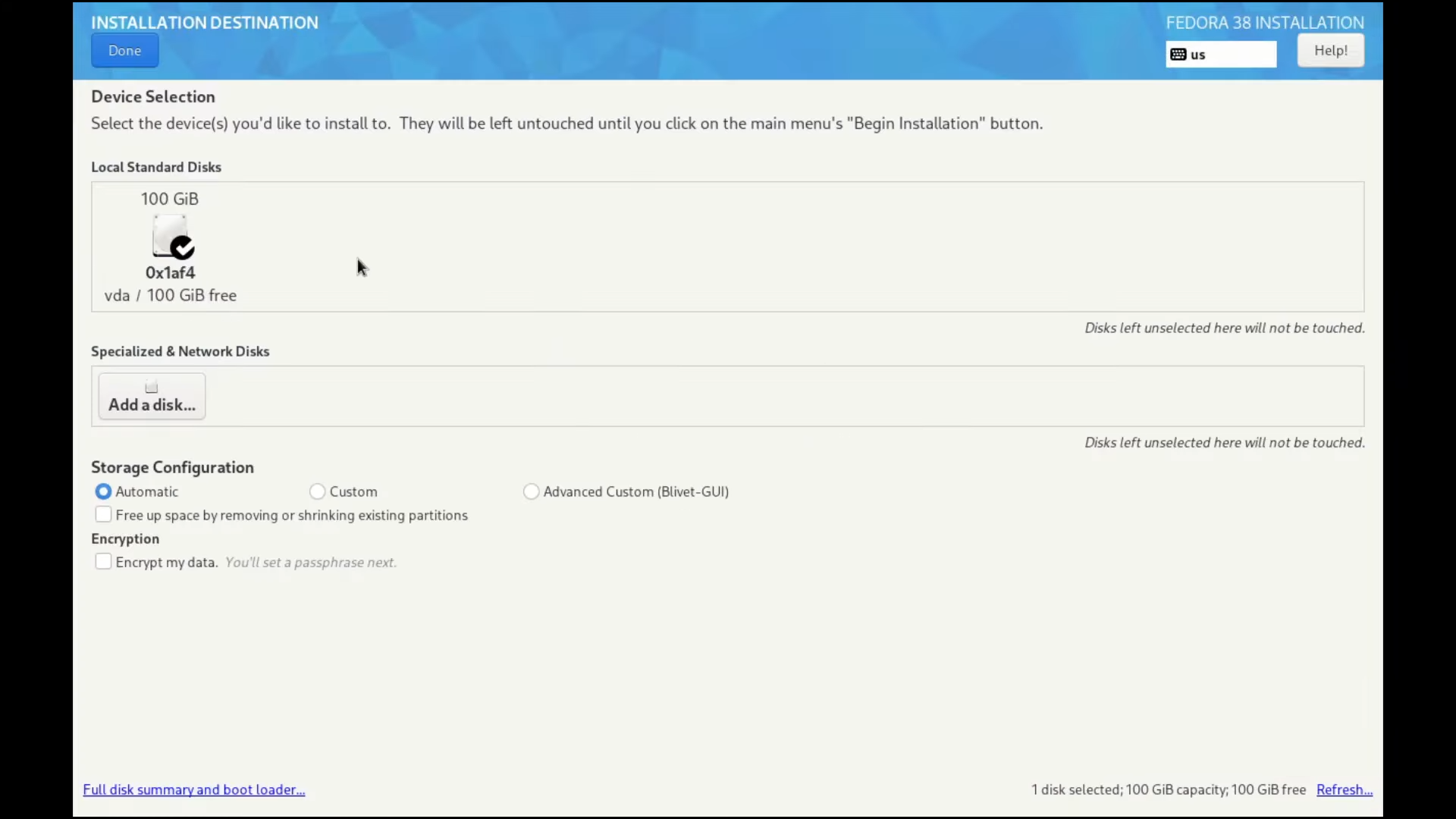Feels like pointless recreating of everything that is allready available for years.
This seems to be either blatantly false or simply uninformed.
Sure, for years, there have been many different attempts to explore 'immutable'(/'atomic') distros. And while some concepts have become mainstays, like; atomic updates, some degree of immutability during runtime and to a lesser degree; reproducibility, declarative system management and reliance on (OCI) images. There remains a lot to explore still and differentiation in implementation (however minute) is important as it's not always clear what will and will not stick eventually.
As to your claim of Vanilla OS "pointlessly recreating what is already available for years", the only atomic distros that have been usable for years are Fedora Atomic, Guix System and NixOS. Both Guix System and NixOS are radically different from all the others and Fedora Atomic has only relatively^[1]^ recently^[2]^ started to do the things that actually resemble what Vanilla OS 2 Orchid envisions for their system.

Oh wow! This is excellent news! I hope they'll also provide other privacy/security related features like Heads, the removal of the camera and/or microphone modules, pre-installed privacy screen, tamper-evident screws and packaging.